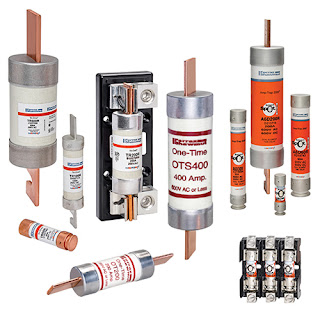Ceramic Pressure Sensor Offers Multiple Solutions
Ceramic pressure sensors have been around for 30 years but only in the last 5 years have they really made progress to becoming a viable solution to replacing the more conventional silicon based pressure sensor.
With advances in the manufacturing process and using techniques such as ‘GED’ – Gas Enhanced Drying, laser trimming and on-board temperature compensation, the ceramic pressure sensor is now as repeatable, long term stable and thermally stable as other sensing techniques but offering a two clear advantages!… Price and chemical compatibility!
There are two main product types that are available from Impress Sensors & Systems:
ME501/505 2-Part Ceramic Pressure Sensor
This ceramic pressure sensor is based on a standard piezo-resisitive Wheatstone bridge screen printed onto a diaphragm which is then hermetically sealed to a body and offers a wide pressure range, gauge, absolute or sealed gauge reference and also a better overall performance regarding non-linearity and hysteresis. Pressure ranges are from 0.5 bar through to 600 bar.
ME651/662 Monolith Ceramic Pressure Sensor
Monolithic in design this is moulded from a single piece of ceramic with the Wheatstone bride printed on the back of the pressure sensor, this means the cost of the material and also the processing time is greatly reduced from the 2-part design
which in turn enables us to achieve a much lower selling price. The minimum pressure rang is slightly increased to 2 bar and the maximum pressure sensor range reduced to 400 bar. The linearity is just as good as the 2-part but on certain pressure ranges the hysteresis is greatly increased, this is due to the influence of the mechanical structure whereas on the 2-part this it eliminated by the design.
Both designs, being based on Aluminium Oxide (Al2O3)or alumina are virtually chemically inert which means that they can be used on the majority of applications and prevent the necessity of exotic chemical seals to be used on a stainless steel silicon based pressure transmitter design. We manufacture aggressive chemically compatible pressure sensors based on using a ceramic pressure sensor, PVC, PVDF or PEEK housing and seated onto a chemraz or Kalrez O ring seal and this offers compatibility of the highest order!
The sensors can either be supplied in the ‘raw’ format for integration into customer specific housings and manifolds or we can work with you to design a suitable housing that fits the requirements of the application. We design all our own electronics which means we can also tailor the output signal and condition it to your exact interface requirements.
With advances in the manufacturing process and using techniques such as ‘GED’ – Gas Enhanced Drying, laser trimming and on-board temperature compensation, the ceramic pressure sensor is now as repeatable, long term stable and thermally stable as other sensing techniques but offering a two clear advantages!… Price and chemical compatibility!
There are two main product types that are available from Impress Sensors & Systems:
ME501/505 2-Part Ceramic Pressure Sensor
This ceramic pressure sensor is based on a standard piezo-resisitive Wheatstone bridge screen printed onto a diaphragm which is then hermetically sealed to a body and offers a wide pressure range, gauge, absolute or sealed gauge reference and also a better overall performance regarding non-linearity and hysteresis. Pressure ranges are from 0.5 bar through to 600 bar.
ME651/662 Monolith Ceramic Pressure Sensor
Monolithic in design this is moulded from a single piece of ceramic with the Wheatstone bride printed on the back of the pressure sensor, this means the cost of the material and also the processing time is greatly reduced from the 2-part design
which in turn enables us to achieve a much lower selling price. The minimum pressure rang is slightly increased to 2 bar and the maximum pressure sensor range reduced to 400 bar. The linearity is just as good as the 2-part but on certain pressure ranges the hysteresis is greatly increased, this is due to the influence of the mechanical structure whereas on the 2-part this it eliminated by the design.
Both designs, being based on Aluminium Oxide (Al2O3)or alumina are virtually chemically inert which means that they can be used on the majority of applications and prevent the necessity of exotic chemical seals to be used on a stainless steel silicon based pressure transmitter design. We manufacture aggressive chemically compatible pressure sensors based on using a ceramic pressure sensor, PVC, PVDF or PEEK housing and seated onto a chemraz or Kalrez O ring seal and this offers compatibility of the highest order!
The sensors can either be supplied in the ‘raw’ format for integration into customer specific housings and manifolds or we can work with you to design a suitable housing that fits the requirements of the application. We design all our own electronics which means we can also tailor the output signal and condition it to your exact interface requirements.


Comments